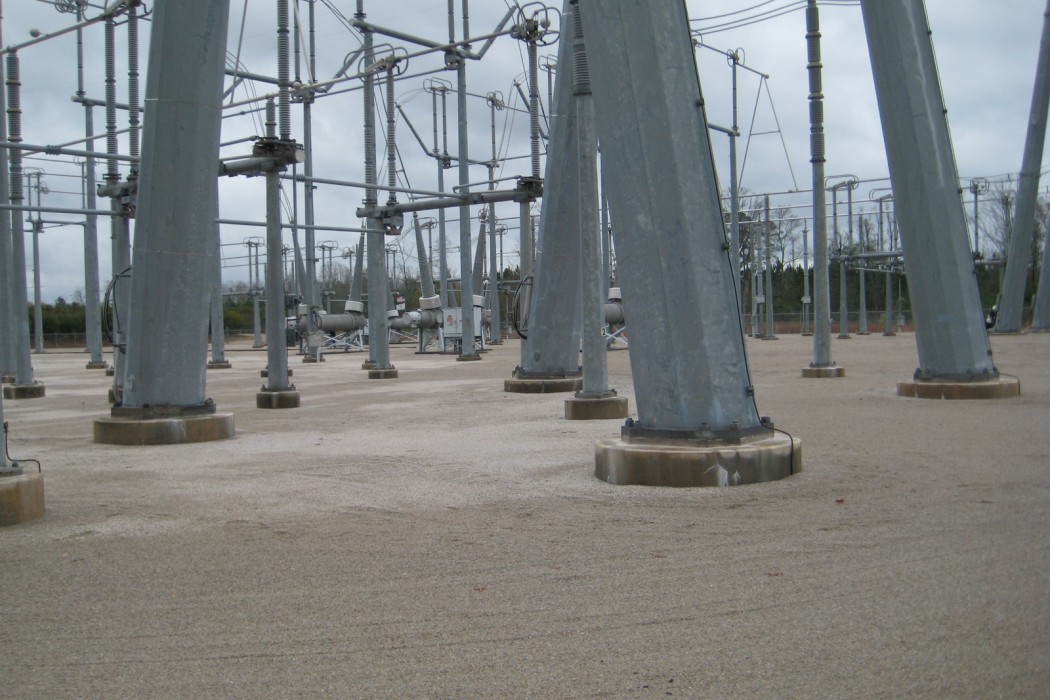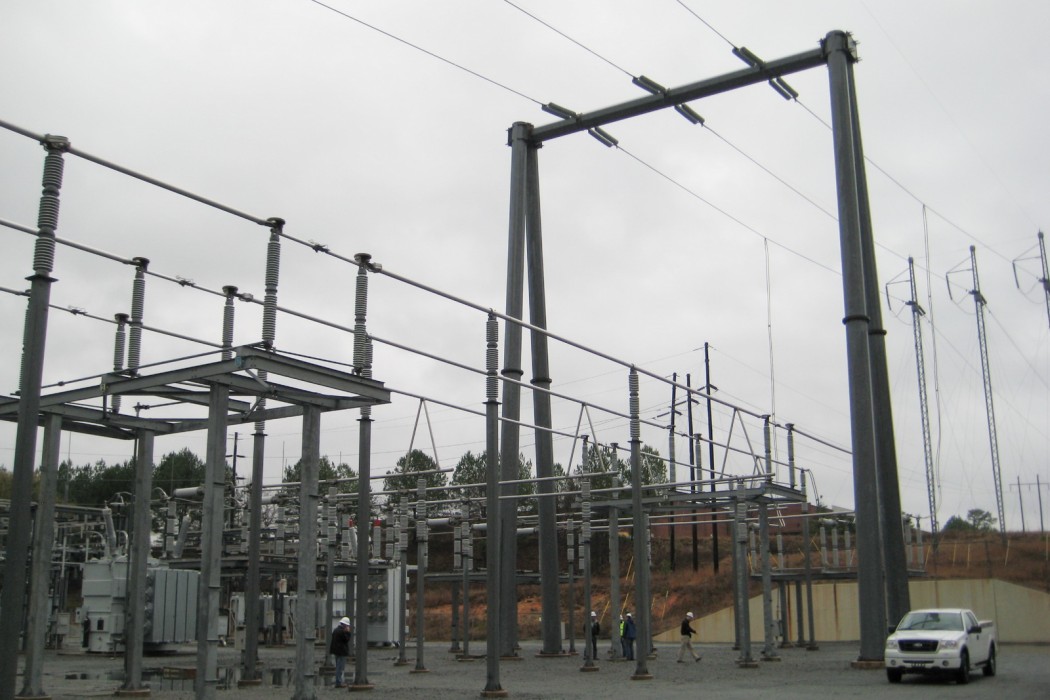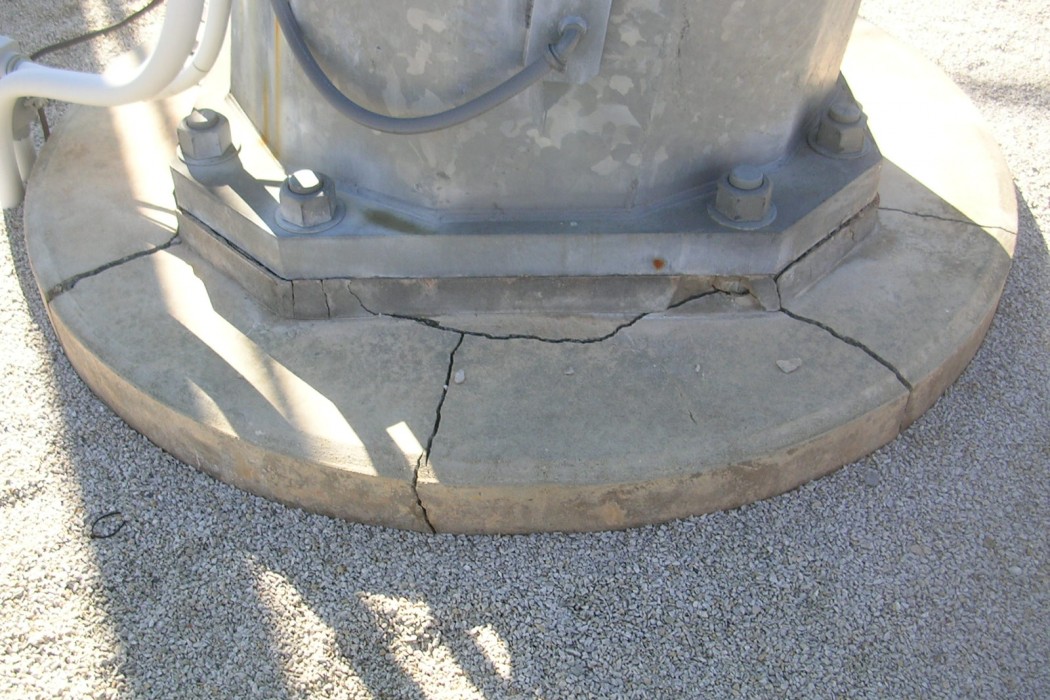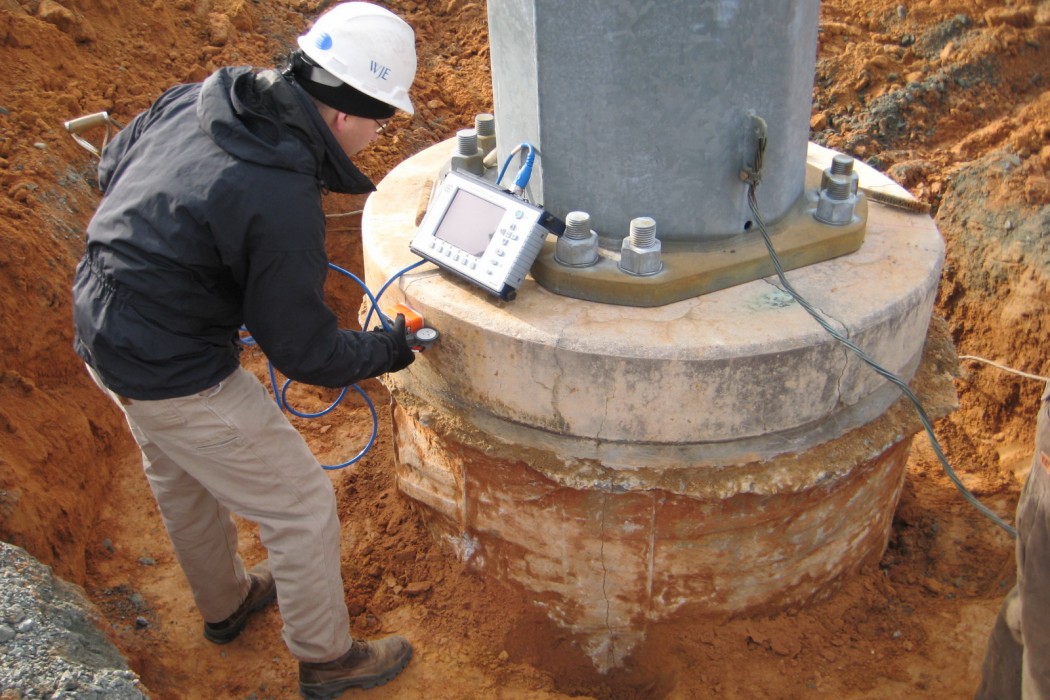WJE PROJECTS
Georgia Transmission Towers
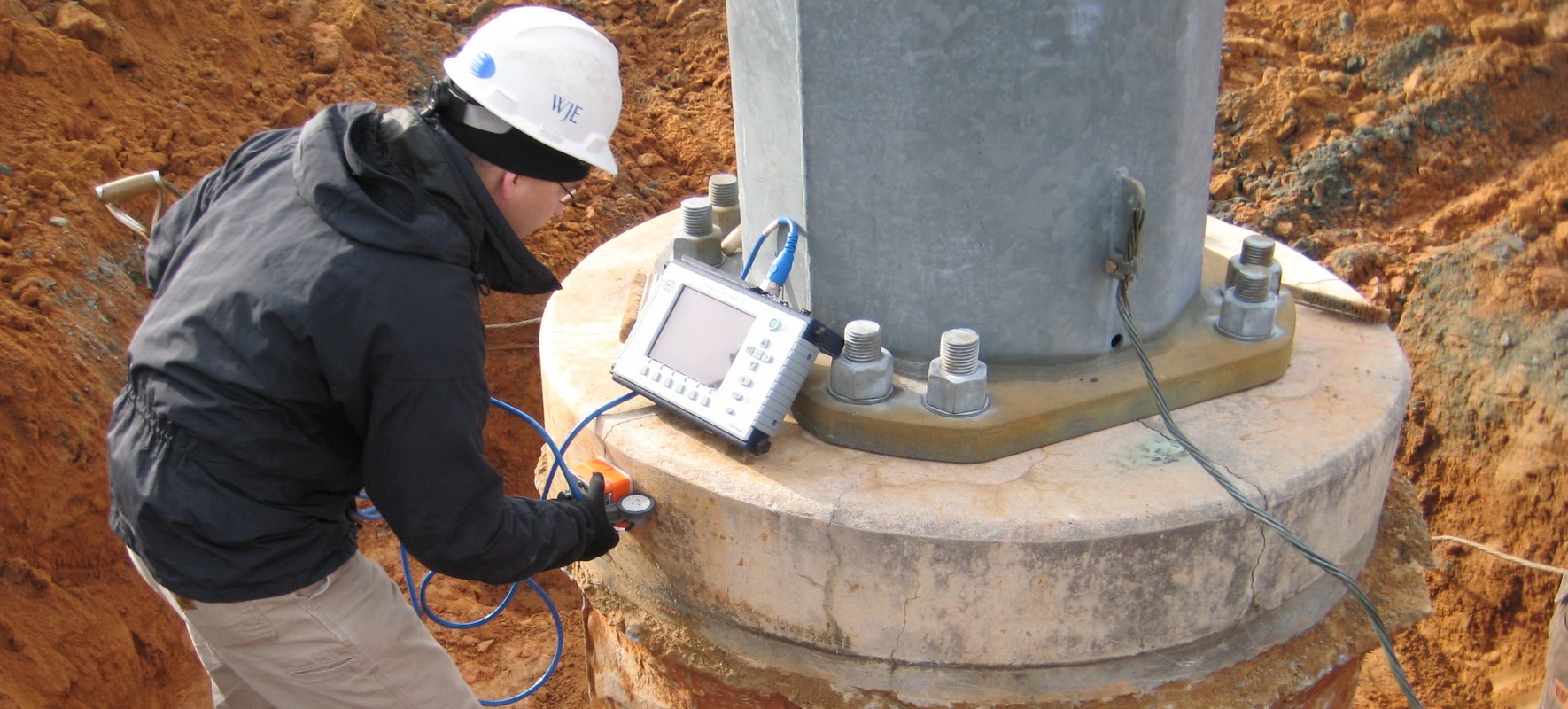
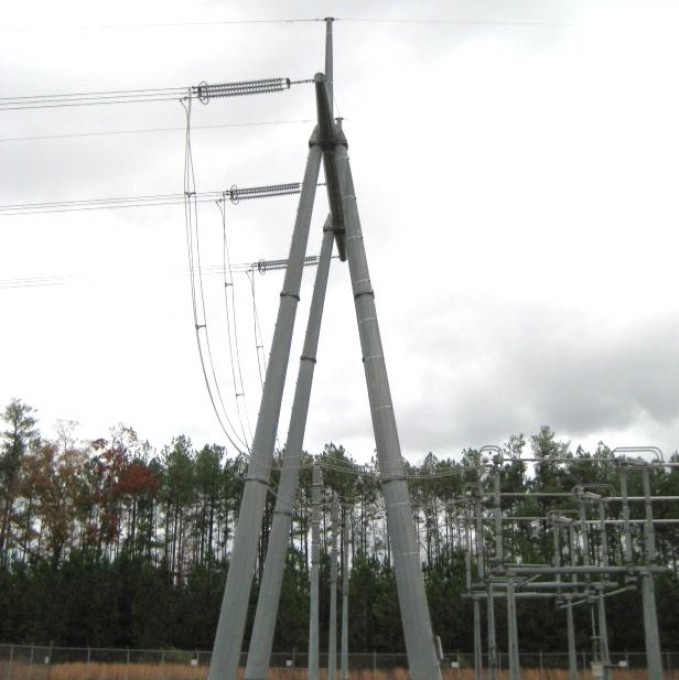
CLIENT |
Public Utility Company |
LOCATION |
Various Locations, GA |
Evaluation of Foundational Cracking
During a routine inspection by a public utility company, personnel noted cracks in the exposed surfaces of some transmission tower foundations. Because the power lines supported by these towers are critical to the power supply for multiple rural cities and Atlanta suburbs and would be difficult to take out of service, maintaining the structural stability of the towers was a priority. The utility sought the services of an expert to determine the cause(s) and severity of the cracking and to assist with development of an effective repair program.
BACKGROUND
The transmission towers were located at various substations and consisted of maximum 90-foot-tall galvanized A-frames. The towers were typically asymmetrically loaded and supported on concrete piers up to 37 feet deep and up to 7 feet in diameter. Typically eight anchor bolts embedded up to 9 feet into the reinforced concrete piers were used to fasten the tower legs to the foundation. The age of the towers and foundations ranged from ten to twenty-five years old.
SOLUTION
The cracks, oriented both radially and longitudinally, were commonly 0.100 inches or wider, while some were as wide as 0.625 inches. The cracks initiated primarily at the surface and top corners of the piers and typically passed through or were in close proximity to the anchor bolt locations. WJE completed visual surveys of the exposed pier surfaces and partially excavated select piers to map cracking conditions below grade and to verify the as-built reinforcement using ground penetrating radar. After the reinforcing steel was located, concrete cores were extracted for materials testing to determine the compressive strength of the concrete. Using microscopic techniques, WJE petrographers identified the likely causes of the cracking: volume change of the concrete as a result of drying shrinkage, autogenous shrinkage, temperature change, and internal chemical reactions such as Alkali-Silica Reaction and Delayed Ettringite Formation. Based on these findings, various temporary and long-term repair options were presented to the client to address both immediate safety concerns and to extend the service life of the existing tower foundations.
RELATED INFORMATION
-
 Our materials scientists provide comprehensive consulting services for the evaluation and... MORE >Services | Materials Evaluation and Testing
Our materials scientists provide comprehensive consulting services for the evaluation and... MORE >Services | Materials Evaluation and Testing -
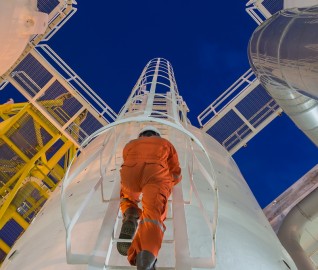 Our metallurgical and applied mechanics engineers provide solutions related to design... MORE >Services | Metallurgy and Applied Mechanics
Our metallurgical and applied mechanics engineers provide solutions related to design... MORE >Services | Metallurgy and Applied Mechanics -
 We have pioneered the use of nondestructive evaluation methods—such as ground penetrating... MORE >Services | Nondestructive Evaluation
We have pioneered the use of nondestructive evaluation methods—such as ground penetrating... MORE >Services | Nondestructive Evaluation



































